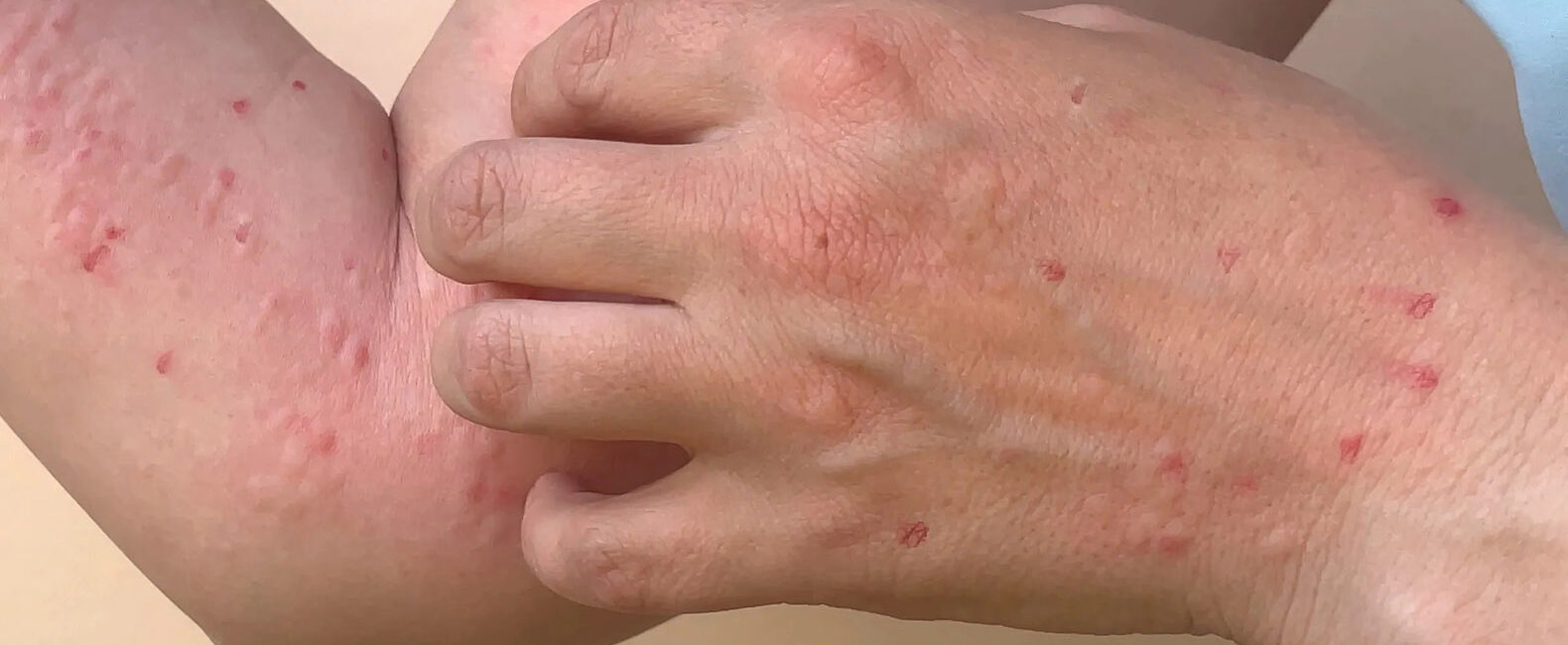
Orthodontists are uniquely positioned to help identify monkeypox. The poxviruses that cause monkeypox and smallpox are very similar, and both can cause severe diseases in humans. Because of this similarity, even orthodontists in remote areas must be vigilant and aware of the signs and symptoms of monkeypox and be able to report any cases to public health authorities quickly. But there is also a risk that orthodontists could inadvertently spread the virus if they are not careful.
Monkeypox is similar to smallpox, but it is usually less severe. Orthodontists can help identify monkeypox because they are familiar with the signs and symptoms of smallpox. The most common symptoms of monkeypox are fever, headache, muscle aches, backache, swollen lymph nodes, and a rash. The rash usually starts on the face and spreads to the rest of the body. It can be accompanied by mouth sores, chills, and nausea.
Some of the treatment options include:
- Take paracetamol or ibuprofen to relieve the fever and muscle aches: These medications can help to reduce the symptoms but will not cure the infection. You can also take loperamide to help with any diarrhea.
- Apply calamine lotion or cool, wet compresses to the rash: This can help to soothe the itchiness and pain.
- Drink plenty of fluids: When you are sick, it is essential to drink enough fluids to prevent dehydration.
- Get plenty of rest: Getting enough rest will help your body to fight the infection.
- Do not scratch the rash: Scratching can worsen and lead to secondary infections.
- Avoid close contact with other people: This will help prevent the infection’s spread.
If you suspect that you or someone you know has monkeypox, it is crucial to seek medical attention immediately and avoid contact with other people. You should also call your local public health department so that they can investigate and track any potential cases.
Ways orthodontists can help identify it
1- By taking a detailed medical history
The orthodontist can ask specific questions about recent travel, exposures, and symptoms with the medical history. This information will help determine whether the patient has monkeypox or another disease.
2- By performing a physical examination
The orthodontist will also perform a physical examination, looking for signs of monkeypox. The most important sign is the rash, which can help distinguish monkeypox from other diseases.
3- By ordering laboratory tests
If the orthodontist suspects monkeypox, they will order laboratory tests to confirm the diagnosis. These tests can include blood tests and cultures of skin lesions.
4- By making a referral to a specialist
If the orthodontist suspects monkeypox, they will refer the patient to a specialist for further evaluation and treatment.
5- By taking precautions to prevent the spreading of the virus
Orthodontists can help prevent the spread of monkeypox by taking some simple precautions. First, they should wash their hands and avoid contact with sick people. Second, they should wear gloves and a mask when examining patients. Finally, they should disinfect all surfaces that may have come into contact with the virus.
Did you know that dentists can minimize the monkeypox risk? With their experience, it is possible to help identify the virus. Also, by taking some simple precautions, they can help prevent its spread. So, if you are an orthodontist or know one, remember to be vigilant and take the necessary precautions.


